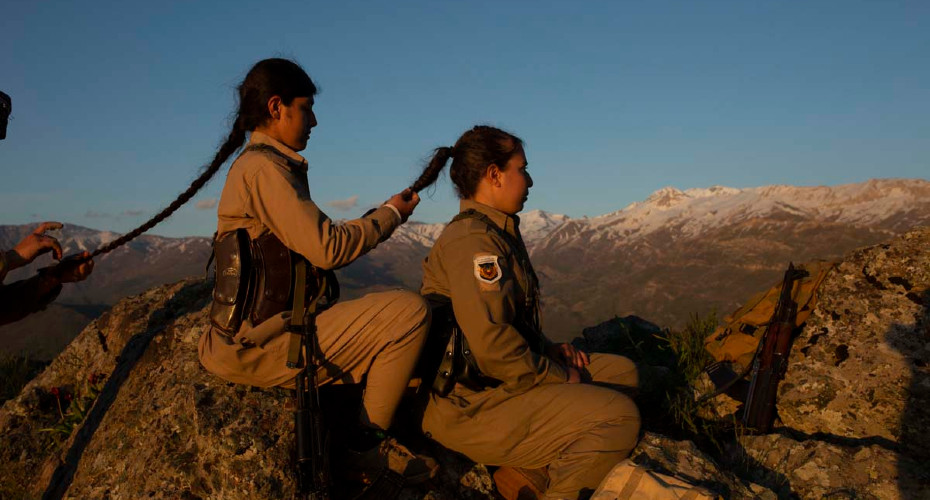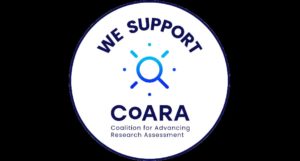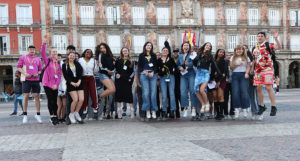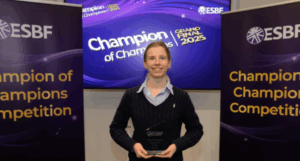Powerful exhibition shows daily life for Kurdish women fighting Iran

The women live in extraordinary conditions, sheltering from shells and missiles in rocks, valleys and caves
A powerful new exhibition shows the resilience of Kurdish women fighting against Iran.
The women live in extraordinary conditions, sheltering from shells and missiles in rocks, valleys and caves, but say they find freedom through their work. The pictures show them studying, playing volleyball and patrolling their bases,
Their lives are recorded in photographs and a documentary. There are personal testimonies from different generations of Kurdish female Peshmerga fighters from different parties – some who have served since the 1979 Iranian revolution and others who joined following the Jin, Jiyan, Azadi uprisings in 2022.
The exhibition is designed to show how Kurdish women have shaped society and politics in Kurdistan since the 1970s. Following the Iranian revolution there was a huge increase in women joining political parties and armed struggles in Iranian Kurdistan, Rojhelat.
There also is artwork designed to capture the spirit of the 2022 uprisings, which led to widespread protests in Iran and elsewhere.
The exhibition and documentary is a collaboration between Dr Allan Hassaniyan, from the University of Exeter, and photographer Keiwan Fatehi. It is held at the university’s Institute of Arab and Islamic Studies, home to the Centre for Kurdish Studies.
Women have long struggled for equality in Kurdistan and Iran following the 1979 revolution. Those pictured say they feel compelled to join Kurdish political parties and the ranks of the Peshmerga because of their lack of access to basic rights, despite the immense difficulties they then face.
Nishtiman, 45, left Iran and joined the Khabat in October 2020. In a caption written to accompany her photograph she said: “I left my homeland because I was subject to massive denial of my fundamental rights. After my divorce, as a mother of two, I found myself unfairly deprived of access to my children and unable to fulfil my maternal role. This injustice ignited a sentiment of revolt inside me. Despite the immense difficulty and pain of being separated from my children, loved ones, and motherland, I have decided to embark on a path of revolution and resistance, standing up against the dominant system defined by injustice, oppression, and adversity. I have experienced being born twice: the first time was when my mother gave birth to me, and the second was when I joined the Kurdish movement and donned the renowned attire of the Peshmerga.”
Kamand, 18, joined the KDPI’s Youth Union in 2021. She said: “I chose this path because we face many challenges: violations of our rights and the occupation of our land. Before joining the KDPI, I lived under an unjust system. Iran’s Islamic regime regards women as servants. I aspire to achieve equality, rights, and respect for myself and others.”
One picture shows KDPI female peshmerga participating in a dance performance (halperke) near one of their encampments in the mountainous region between East and South Kurdistan. The dance is designed to embodying the call for gender equality and the rights of their nation.
Serwa, 17 and Bawan, 28, two female KDPI Peshmerga fighters, are pictured cooking dinner.
In her caption Serwa says: “The regime is determined to put every girl in a cage. Therefore, I decided to join the Kurdish movement to resist subjugation and assert my individual and collective rights”.
Bawan said: “I dropped out of school and married at a young age. I hope that my daughter never experiences the same things that I did. Women should ponder the reasons for their oppression and denial of rights.”
Gule, 60, is pictured in a trench. She joined the KDPI Peshmerga forces in 1987. In her caption she says before then Islamic Republic forces frequently apprehended her for her clandestine organisational efforts and the assistance she provided to the Peshmerga. She was compelled to leave Iran and join the Peshmerga.
Mr Fatehi said: “Women symbolise life, dynamism, dance, poetry, motherhood, love, rebellion, and resistance. I aim to capture and celebrate these unmeasurable qualities. Everything needs a favourable environment to flourish, including being a woman. However, in Iran’s Islamic Republic, women are the main targets and victims of religious laws and institutions. This has produced nothing but fear, misogyny, racism and inequalities.”
“Visualising Resistance: Daughters of the Sun, Kurdish Female Fighters from Rojhelat” will be on show at the Institute of Arab and Islamic Studies at the University of Exeter’s Streatham campus until the end of the year.



